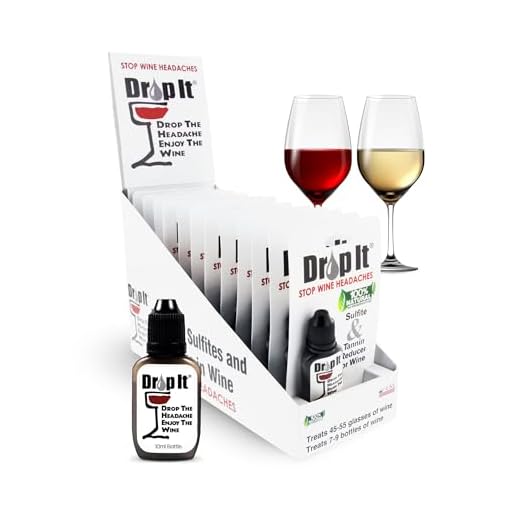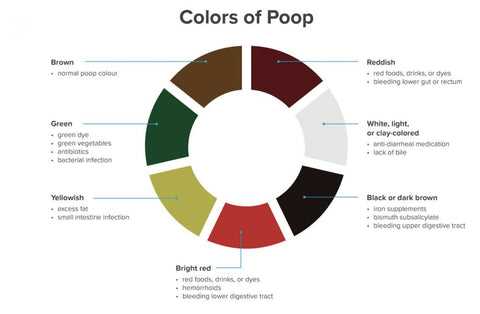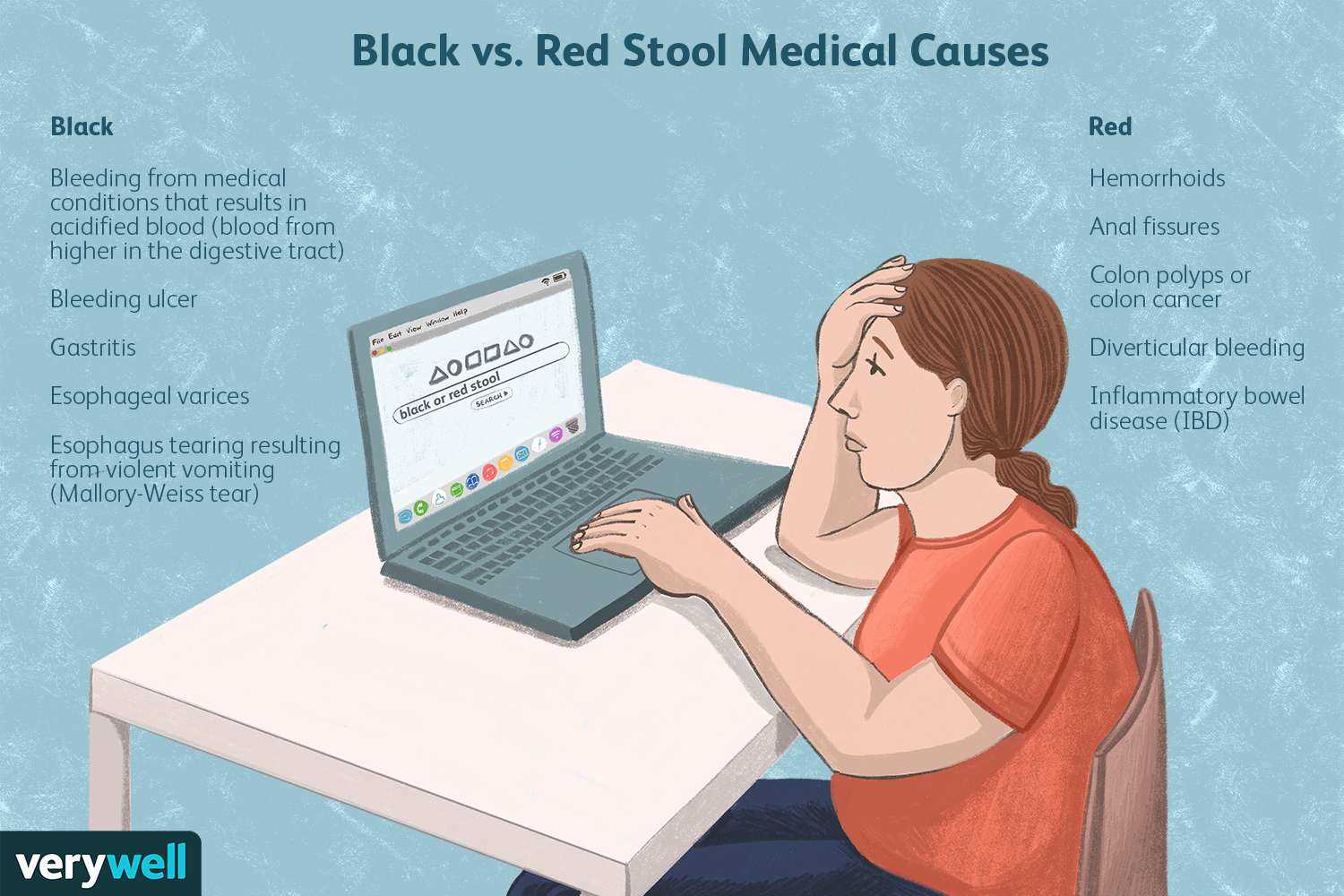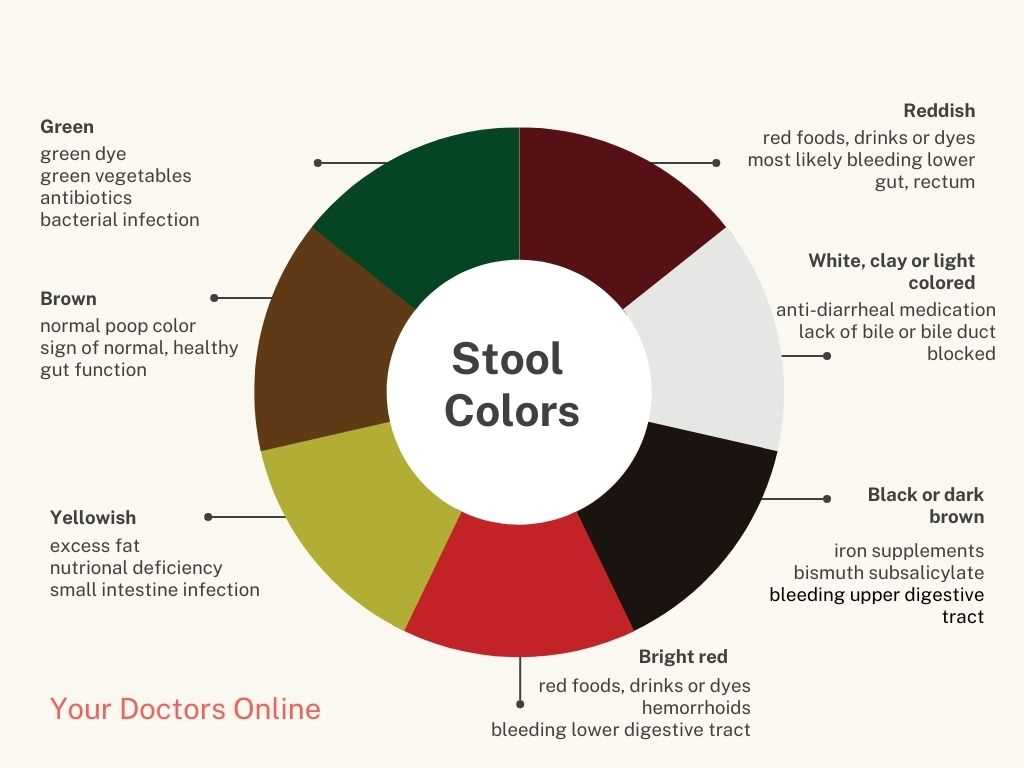



For those experiencing unexpected changes in stool color after consuming specific alcoholic beverages, it’s advisable to take note of your diet and consult a healthcare professional if concerns arise. Darker stool can be attributed to various factors, including the consumption of certain foods, supplements, and yes, even particular types of beverages that may contain pigments or tannins.
As a wine enthusiast and educator, I often encounter questions about the effects of various wines on the body. It’s crucial to recognize that while some individuals may notice a change in their digestive output after indulging in specific varieties, this response is not universal. Factors like the individual’s gut health, the presence of other ingredients in meals, and overall consumption patterns play significant roles.
If you find yourself facing unusual stool coloration, consider examining your recent dietary intake. Beverages rich in certain compounds can lead to temporary changes. If the issue persists or is accompanied by other symptoms, seeking medical advice is essential to rule out underlying conditions.
Can Red Wine Lead to Dark Stool?
Yes, this beverage can result in dark stools due to high iron content and certain compounds. If you notice a significant change in stool color after consumption, consider these points:
- Iron Content: High levels of iron in certain varietals can lead to darker excretions. Individuals with iron sensitivities should monitor their intake.
- Polyphenols: These antioxidants may interact with digestive enzymes, influencing stool coloration. Some wines contain more polyphenols than others.
- Gastrointestinal Reaction: If you have a sensitive stomach, this drink might provoke unusual gut reactions, potentially altering stool appearance.
- Dehydration: Alcohol can lead to fluid loss, affecting digestion and stool consistency. Staying hydrated is crucial.
If dark stools persist or are accompanied by discomfort, consulting a healthcare professional is advisable. Keeping track of your dietary habits and any changes in your body will help identify potential causes and solutions.
Understanding the Composition of Red Wine
Understanding the intricate makeup of this beverage is key to appreciating its nuances. The primary components include various phenolic compounds, which contribute to both flavor and color. Tannins, derived from grape skins, seeds, and stems, add structure and astringency, while anthocyanins impart the deep red hues.
Another significant element is resveratrol, a polyphenol noted for its potential health benefits. This compound is found in the skin of red grapes and is associated with antioxidant properties. Additionally, organic acids, such as tartaric and malic acid, play a role in balancing flavor profiles, enhancing the overall taste experience.
Alcohol levels in these beverages typically range from 12% to 15%, influencing body and texture. The fermentation process also introduces a variety of esters and aldehydes, which contribute to the aromatic complexity. Understanding these components allows for better pairing with various cuisines, highlighting the synergy between food and drink.
Choosing selections with balanced acidity and tannin can elevate meals, while those with pronounced fruity notes provide a delightful contrast to richer dishes. Knowledge of these characteristics empowers one to fully appreciate and enjoy this complex beverage.
Link Between Tannins and Digestive Issues
Tannins present in certain beverages can lead to digestive discomfort for some individuals. These compounds, found in grape skins, seeds, and stems, contribute to the astringency and complexity of flavors. While tannins are beneficial for their antioxidant properties, they can also irritate the gastrointestinal tract, particularly in sensitive individuals.
For those prone to digestive disturbances, it’s advisable to monitor the intake of high-tannin options. Symptoms may include changes in bowel movements, cramping, or bloating. Reducing the consumption of such beverages or opting for lower-tannin varieties may provide relief.
Pairing these beverages with food can also mitigate adverse effects. Consuming a balanced meal can help buffer the impact of tannins on the digestive system, promoting a more comfortable experience. It’s wise to observe how your body responds after trying different combinations to find what works best for you.
If digestive issues persist, consulting with a healthcare professional can provide tailored advice and identify any underlying sensitivities. Keeping a food diary to track symptoms may also be beneficial in understanding personal triggers.
Impact of Alcohol on Gut Health
Moderate consumption of alcoholic beverages can influence gastrointestinal function significantly. Ethanol, the primary ingredient in these drinks, may disrupt the gut barrier, leading to increased permeability, often referred to as “leaky gut.” This condition allows toxins and undigested food particles to enter the bloodstream, potentially causing inflammation and discomfort.
Effects on Gut Microbiota

The balance of gut microbiota is crucial for digestive health. Studies indicate that regular intake of alcoholic drinks can alter the composition of gut bacteria, favoring pathogenic strains over beneficial ones. This imbalance can lead to digestive issues, including bloating and irregular bowel movements. It’s advisable to monitor the frequency and quantity of alcohol consumed to maintain a healthy gut flora.
Recommendations for Maintaining Gut Health
To support optimal gastrointestinal function, consider limiting alcohol intake and incorporating prebiotic and probiotic foods into your diet. Foods such as yogurt, kefir, sauerkraut, and fiber-rich vegetables can enhance gut health and mitigate the negative effects of alcohol. Staying hydrated is also essential, as it aids in digestion and helps maintain mucosal integrity in the gut.
Identifying Symptoms of Dark Stool

Recognizing the signs of unusual bowel movements is crucial for maintaining digestive health. If you find yourself experiencing darker than normal stool, it’s important to take note of accompanying symptoms that may indicate underlying issues.
- Color Changes: A noticeable darkening may occur, often resembling shades of black or deep brown.
- Consistency: Pay attention to the texture; it may be looser than usual, potentially indicating digestive disturbances.
- Frequency: An increase in the number of trips to the restroom can suggest a shift in gut function.
- Abdominal Pain: Cramping or discomfort in the stomach area can often accompany unusual stool colors.
- Nausea or Vomiting: These symptoms can indicate further gastrointestinal distress, warranting immediate attention.
If you observe any of these signs, it is advisable to consult a healthcare professional for a thorough evaluation. Early detection and intervention can prevent complications and ensure a return to optimal digestive health.
Common Causes of Dark Stool Beyond Alcoholic Beverages

Various factors can lead to the presence of dark stool that are unrelated to alcoholic drinks. Here are some significant contributors:
Dietary Factors
Consumption of certain foods can result in darker bowel movements. Foods high in iron, such as black licorice, beets, and spinach, may cause stool to appear darker. Additionally, blueberries and foods containing artificial coloring can also influence stool color.
Medications and Supplements
Certain medications, particularly those containing bismuth subsalicylate, like Pepto-Bismol, can turn stool a dark hue. Iron supplements may also lead to similar changes. It’s crucial to check with a healthcare provider before starting any new medications or supplements.
| Factor | Description |
|---|---|
| Diet | Foods high in iron or artificial colorings can darken stool. |
| Medications | Bismuth subsalicylate and iron supplements may change stool appearance. |
| Health Conditions | Conditions like gastrointestinal bleeding or liver disease can cause dark stool. |
Health issues such as gastrointestinal bleeding, liver disease, or certain infections can also lead to darker stool. If you experience persistent changes in stool color, it’s essential to consult with a healthcare professional. Always stay informed and monitor your health for any unusual signs.
Cleaning your space can also be important. Consider using the best cleaner for pressure washing hardi plank for effective maintenance.
When to Seek Medical Attention for Digestive Issues

Immediate care is necessary if you experience severe abdominal pain, especially if it is persistent or worsening. If the condition is accompanied by a high fever exceeding 101°F (38.3°C), medical evaluation is warranted. Blood in your stool, regardless of the quantity, should never be overlooked and requires urgent attention.
Dehydration signs, such as excessive thirst, dry mouth, reduced urination, or dizziness, indicate that you should seek help. If symptoms last longer than 48 hours without improvement, consulting a healthcare professional is advisable to rule out serious underlying conditions.
If you have existing health issues, such as liver disease or a compromised immune system, be proactive in seeking advice at the first sign of gastrointestinal distress. Special attention is also warranted for children and the elderly, as they are more susceptible to complications from these conditions.
Finally, listen to your body. If something feels off or if the symptoms significantly disrupt your daily activities, it’s wise to consult a doctor for guidance and support.
Moderation and Safe Consumption of Red Wine
Limit intake to one or two servings per occasion. This practice minimizes potential digestive discomfort and reduces the risk of adverse reactions. Pair with food to enhance digestion and mitigate the impact of acidity and tannins found in certain varieties.
Hydration is crucial. Drink water alongside to maintain fluid balance and promote gut health. Avoid consuming on an empty stomach to lessen the likelihood of irritation. Opt for lower alcohol content selections, as these can be gentler on the digestive system.
| Tip | Description |
|---|---|
| Serving Size | Stick to one 5-ounce glass to keep consumption in check. |
| Food Pairing | Enjoy with meals to aid in digestion and balance flavors. |
| Hydration | Alternate sips of water to stay hydrated and support gut function. |
| Avoiding Empty Stomach | Consume after eating to prevent irritation and discomfort. |
| Lower Alcohol Options | Choose varieties with less alcohol to minimize digestive strain. |
Pay attention to your body’s signals. If discomfort arises, reconsider your consumption habits. Keeping a journal of what and how much you drink can help identify triggers and patterns. Prioritize quality over quantity to enhance your experience while protecting your health.








